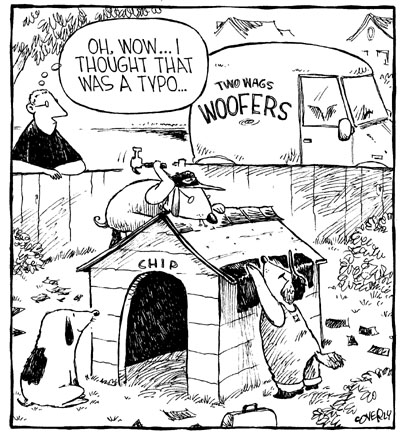
Based on a curve
Dear Mr. Walker,Your article on curved drywall (“Stay Ahead of the Curve,” Walls & Ceilings, October 2002) failed to mention the High-Flex 1/4-inch drywall that bends to a small radius without wetting it. It has certainly made the installation of curved walls and ceilings very easy and simple without the mess of wetting the drywall, and causing possible breakage of the wet board.
I have found that a double layer of the High-Flex, with a heavy dose of drywall adhesive on the board field with nails at its perimeter, is the optimum manner of forming perfectly curved drywall. Nails or screws in a boards field distorts the curvature, as the framing is never truly a perfect curve. No fuss and no mess—curved walls and ceilings are now easy to drywall without wetting the board.
Stephen Henits
Fords Drywall Inc.
New Jersey
Who should apply EIFS?
Dear Nick,I am a subcontractor specializing in the following: all plastering systems, framing and drywall finishes.
Most of the work we bid is sub file public work that requires our section to submit a bid prior to the GC bidding. I find time and time again that when EIFS is part of the project, it is always under the waterproofing section. What puzzles me is that although I am aware that it is a water-managed system, the plasterers are the ones applying the system. Therefore, I do not understand how architects that I have a great deal of respect for can put it under the wrong trade. The plasterers are the ones that perform this work on a consistent basis. The only time I see that the architect makes an exterior plaster system part of our section is when it is either Portland three-coat cement system or the direct applied system. I hope and trust that many of your readers are also architects and soon they will place the specialty trade under the right section.
As a union company, there has been somewhat of a heated argument that the Brick Layers Union is trying very hard to have incorporated the EIFS as part of the work they do. I am sure your editors who handle the articles for plastering would agree and maybe it would make an impact on giving the specialty work to the trade that performs this work.
Thank you for your time and I hope this message gets results.
Sincerely,
Scott Angelini, vice president
Angelini Plastering Inc.
North Reading, Mass.

Report Abusive Comment